Expert Tips From Experienced Elk Hunters – Know Before You Go
Elk hunting is an exhilarating outdoor pursuit that has captivated the hearts and minds of nature enthusiasts for centuries. As one of the most sought-after big game animals, elk offers a challenging and rewarding experience for hunters from all walks of life. The sheer size, majestic antlers, and elusive nature of these magnificent creatures make them a prime target for those seeking an adrenaline-fueled adventure amidst breathtaking landscapes. In this blog, we will discuss tips from experienced elk hunters.
Elk Hunting as a Popular Outdoor Activity
Elk hunting has gained immense popularity due to its unique blend of excitement, skill, and connection with nature. Spanning across various regions in North America, such as the Rocky Mountains or Pacific Northwest, elk hunting offers diverse terrains that challenge even the most seasoned hunters.
The thrill lies in pursuing these elusive creatures and immersing oneself in the untamed beauty of their natural habitats. The allure of elk hunting stems from the grand spectacle presented by bull elks during rutting season.
This period, typically occurring in the fall, is marked by intense competition among bulls as they vie for dominance over a harem of cows. The resonating bugles echoing through the mountains serve as both a call to mates and an invitation to hunters looking to test their mettle against these mighty beasts.
Learning from Experienced Hunters
In any pursuit, knowledge is power, and elk hunting is no exception. Learning from experienced hunters provides invaluable insights into successful strategies, time-tested techniques, and essential skills to navigate this challenging endeavor. The wisdom gleaned from those who have spent countless hours stalking these majestic creatures can significantly increase your chances of having a memorable and fruitful hunt.
Seasoned hunters can teach novices about understanding elk behavior patterns throughout different seasons. From learning how bull elks behave during rutting season to comprehending migration patterns and their impact on hunting strategies, the advice of experienced hunters allows newcomers to anticipate elk movements and position themselves strategically for a successful encounter.
Furthermore, learning from those who have honed their skills over time can help novices understand the intricacies of identifying ideal elk habitats. Experienced hunters possess a keen eye for deciphering preferred food sources in various regions, such as grasses, shrubs, or even specific tree species.
They can also shed light on factors that influence elk movement within their habitats, such as changes in weather patterns or availability of water sources. Elk hunting holds a special place among outdoor enthusiasts due to its thrilling nature and connection with the wilderness.
The guidance and wisdom passed down by experienced hunters are invaluable resources that enable novices to navigate this challenging pursuit confidently. By understanding elk behavior and habitat preferences through the lens of seasoned experts, aspiring hunters can embark on their journeys with a higher chance of success and a deeper appreciation for these majestic creatures.
Elk Behavior During Different Seasons
Elk behavior varies throughout the year, adapting to the changing seasons and environmental conditions. Understanding these behavioral patterns is crucial for successful hunting.
Bull elks compete intensely for mating rights during the rutting season, typically in late summer and early fall. They emit powerful bugles to attract cows and establish dominance over rival bulls.
This behavior creates an excellent opportunity for hunters, as bugling can help locate bull elk in thick forests or rugged terrain. It is important to note that during this period, bull elk can be more aggressive and unpredictable, so caution must always be exercised when approaching them.
Migration is another significant aspect of elk behavior that affects hunting strategies. Elk herds often migrate between different elevations depending on seasonal changes in food availability and weather conditions.
In mountainous regions, they may move from higher altitudes during spring to lower valleys during winter when snow cover restricts their access to food sources. By studying migration patterns through research or talking with local hunters, one can identify strategic areas along these routes where elk will likely pass through during specific times of the year.
Elk Habitats and How to Identify Them
To increase your chances of a successful hunt, it is crucial to understand the ideal habitats where elk thrive. While terrain preferences may vary slightly depending on region and climate conditions, certain commonalities exist across their range. Elk tend to favor vast tracts of public lands with diverse vegetation cover, such as meadows, thickets, aspen groves, or coniferous forests that provide abundant food sources and shelter from predators.
Preferred food sources also play a significant role in determining ideal elk habitats. Grasses are a staple in their diet; thus, open meadows or grassy slopes adjacent to forested areas often attract these majestic animals.
Elk enjoy foraging on various shrubs and willows and browse species like aspen or cottonwood leaves. Understanding the local flora and identifying these preferred food sources within an elk’s range can guide hunters in narrowing down potential hunting spots.
Several factors influence elk movement within their habitat. Water is essential for their survival, so locating water sources like streams, rivers, or ponds can significantly increase the likelihood of encountering elk.
Topography also plays a role; steep slopes offer thermal relief during the hot summer, while valleys provide shelter during winter. Additionally, bedding areas on north-facing slopes that offer shade and protection from prevailing winds are frequent resting places for elk during midday hours.
Rutting Season and the Behavior of Bull Elks
The rutting season is an exhilarating time to hunt bull elks as they exhibit unique behaviors driven by mating instincts. During this period, bull elks became more vocal and used bugling to attract cows while asserting dominance over rival bulls.
The bugle is a high-pitched vocalization that resonates through the forest and can be heard from several miles away. To maximize your chances of success during the rutting season, it is essential to familiarize yourself with various bugle calls using diaphragm calls or bugle tubes.
Understanding bull elk behavior during the rut helps hunters position themselves strategically. Bulls often establish harems of cows and guard them fiercely against competitors; they will respond aggressively to cow calls or challenging bulges when challenged by other bulls.
By mimicking these sounds effectively using calls or decoys, hunters can lure bulls into range for a clear shot. Comprehending elk behavior throughout different seasons allows hunters to refine their strategies accordingly.
Understanding rutting behaviors facilitates locating bulls by listening for bugles or utilizing calling techniques effectively. Recognizing migration patterns helps identify key areas where herds pass through at specific times of the year.
Furthermore, gaining insight into elk habitats and their preferred food sources aids in narrowing down potential hunting spots. By immersing oneself in the knowledge of elk behavior and habitat, hunters can increase their chances of a successful and rewarding hunt.
Preparing for the Hunt
Equipment selection and preparation tips from experienced hunters
When it comes to elk hunting, choosing the right equipment is paramount. Experienced hunters understand that the type of weapon you use can greatly affect your chances of success.
Whether you prefer a rifle, bow, or muzzleloader, each has advantages and considerations. Rifles offer long-range accuracy, making them ideal for open terrain hunting.
On the other hand, bows provide a more intimate hunting experience and require proximity to the target. Muzzleloaders offer a traditional touch but require careful consideration due to their limited range. a) Discussing the pros and cons of different calibers or drawing weights
Choosing caliber or draw weight is crucial in determining your effectiveness as an elk hunter. For rifles, popular calibers like .270 Winchester or .30-06 Springfield provide ample power and versatility for elk hunting. However, some hunters may opt for larger calibers like a .300 Winchester Magnum—338 Lapua Magnum for longer shots or when hunting in areas with dense foliage.
Similarly, when it comes to bows, draw weight plays a key role in arrow velocity and penetration. While higher draw weights offer greater kinetic energy on impact, they require more strength to handle effectively. b) Recommendations on optics, ammunition, and accessories
Equipping yourself with quality optics is essential for spotting elk from afar and ensuring accurate shots. A good pair of binoculars with sufficient magnification will allow you to scan vast landscapes efficiently.
Investing in a reliable riflescope with clear visibility in various lighting conditions can significantly improve your shooting accuracy. Regarding ammunition choices for rifles or arrows for bows/muzzleloaders—reliable penetration capability is crucial since elk are large animals with thick hides.
Scouting Techniques for Elk Hunting Success
Utilizing maps, GPS technology, and aerial imagery to identify prime hunting areas
One of the key elements in successful elk hunting is thorough scouting. Utilizing modern technology can greatly enhance your chances of locating prime hunting areas.
Maps, GPS devices, and aerial imagery provide valuable information about the terrain, vegetation, and potential elk habitats. Study topographical maps to identify areas with favorable features such as ridges, valleys, or water sources that might attract elk.
GPS devices can help you navigate difficult terrain and mark significant spots for future reference. Aerial imagery from satellite images or drones can give you a bird ‘ s-eye view of the land, allowing you to spot potential elk feeding grounds or travel corridors.
Locating fresh signs such as tracks, rubs, or droppings
Once you have identified general hunting areas using maps and technology, finding fresh signs indicating active elk presence is crucial. Tracks are an excellent clue as they provide insight into the number of animals passing through an area.
Look for recent hoof prints in soft soil near water sources or feeding areas. Rubs on trees made by bull elks scraping their antlers are another reliable sign of their presence during the rutting season.
Wallows—depressions created by rolling elks—and droppings also indicate recent activity. By identifying these signs and tracking their frequency and freshness, hunters can determine where herds are actively moving and adjust their strategies accordingly.
Understanding vocalizations to locate bulls during the rutting season
During the rutting season, when bull elks are most active and vocal, understanding their distinct vocalizations is essential for locating them successfully. Bugling is a signature sound produced by bull elks to establish dominance and attract females. Pay attention to bugles’ pitch, duration, and intensity to estimate the distance and direction of elk herds.
Cow calls, which imitate the sounds made by female elks, can also be effective in luring bulls closer for a shot. Practice different elk calls before heading out to ensure you can accurately mimic their vocalizations and increase your chances of drawing them in.
Strategies for Approaching Elk Stealthily
Importance of scent control techniques to minimize human odor detection
When hunting elk, one crucial factor that cannot be overlooked is scent control. Elk have an incredibly keen sense of smell and can detect even the slightest human odor from afar.
To minimize the chances of being detected, it is essential to employ scent control techniques. Start by thoroughly washing your hunting attire with scent-eliminating soaps or detergents specifically designed for hunters.
Also, use scent-eliminating sprays on yourself and your equipment before entering the field. These precautions will greatly reduce your odor footprint and increase your chances of getting close to elk undetected.
Using scent-eliminating sprays, soaps, detergents
To effectively control your scent while hunting elk, combine specially formulated products such as scent-eliminating sprays, soaps, and detergents. These products are designed to neutralize or mask human odors that could alert cautious elk in your vicinity.
When showering before each hunt, use scent-eliminating soap from head to toe to remove any residual odors from your body. Afterward, treat your clothing with a quality spray that targets odor molecules and minimizes their presence in the air around you as you move through the wilderness.
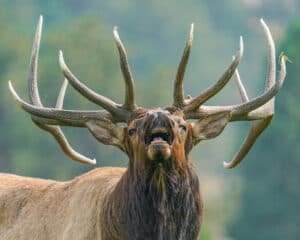
Conclusion
Successful elk hunting requires careful preparation, extensive scouting, and strategic approaches to minimize detection. Utilizing modern tools like maps, GPS technology, and aerial imagery enables hunters to identify prime hunting areas and navigate challenging terrain.
Locating fresh signs such as tracks, rubs, wallows, or droppings provides valuable information on the movement patterns of elk herds. Moreover, understanding elk vocalizations like bugles and cow calls helps hunters locate bulls during the rutting season.
Implementing scent control techniques through sprays, soaps, and detergents is vital to reducing human odor detection by elks. By incorporating these tips into your hunting strategy, you enhance your chances of a successful elk hunt while immersing yourself in nature’s grandeur.


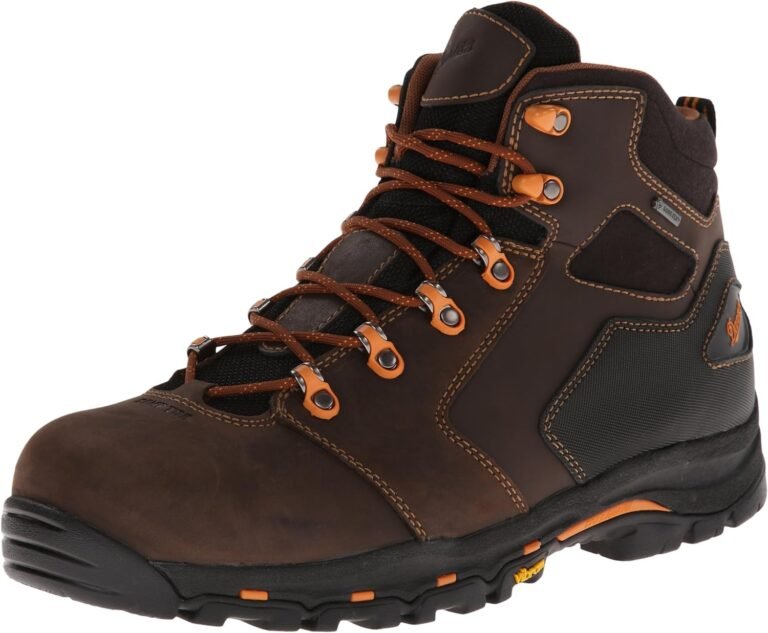
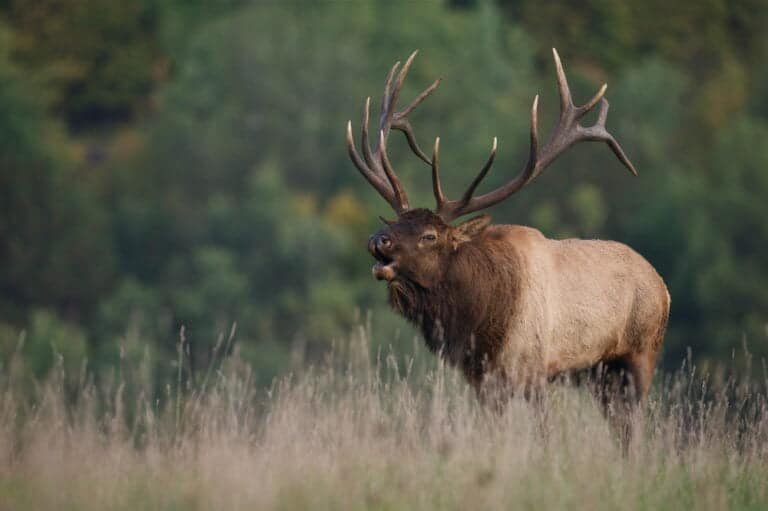
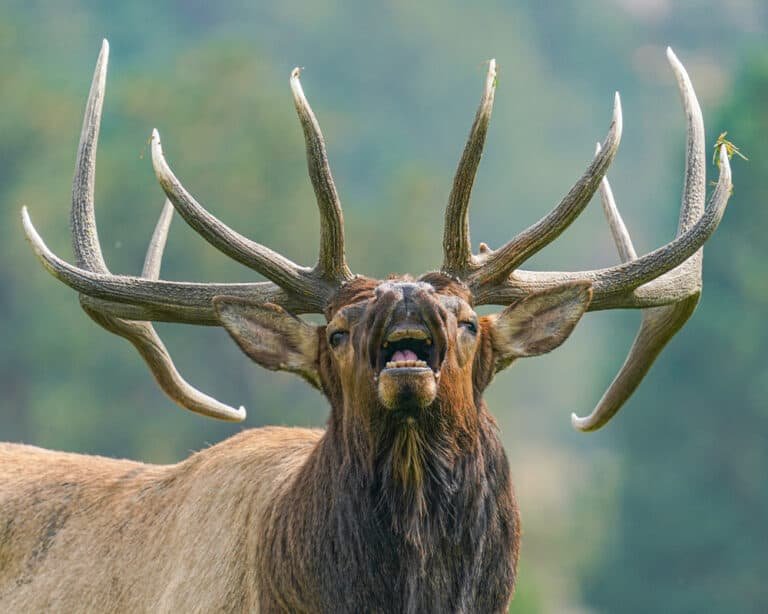
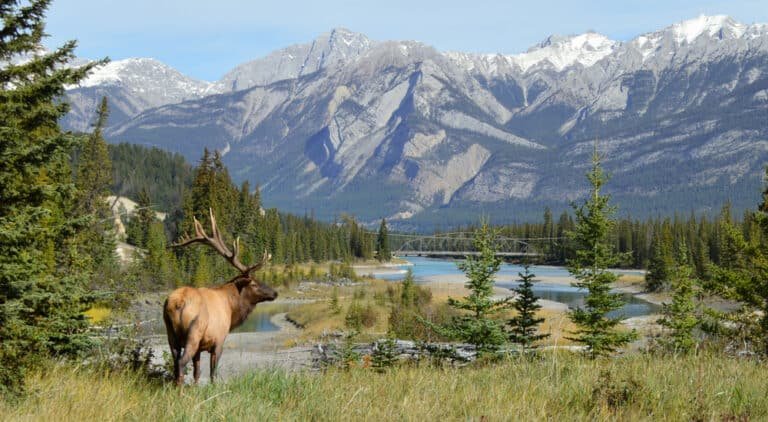
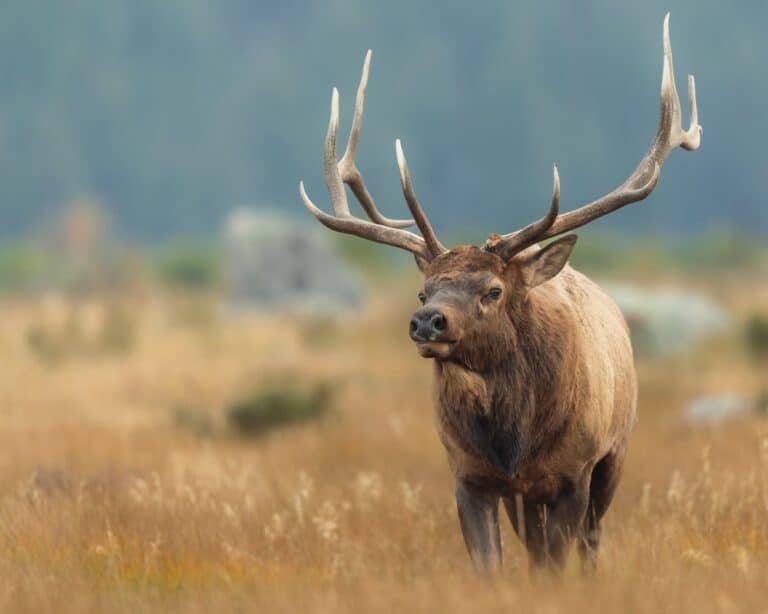
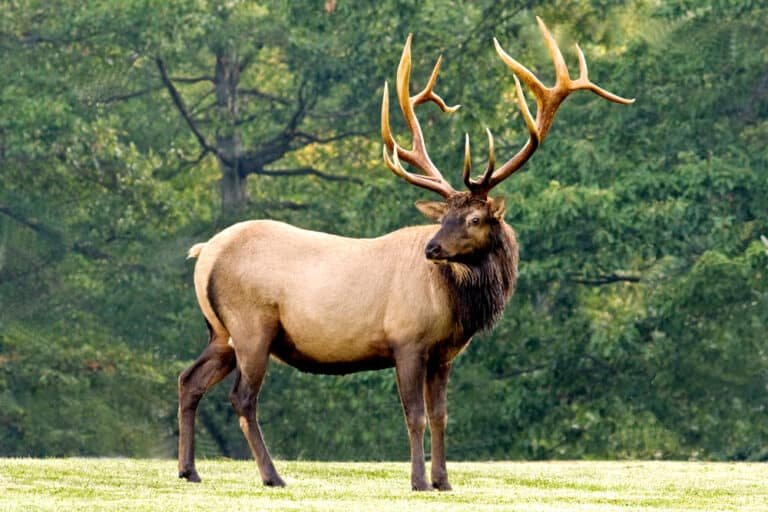
mexican pharmaceuticals online: mexican online pharmacy – mexican mail order pharmacies
mexican border pharmacies shipping to usa
http://cmqpharma.com/# purple pharmacy mexico price list
mexico drug stores pharmacies
Very interesting topic, appreciate it for posting.Raise blog range
indian pharmacies safe reputable indian pharmacies online pharmacy india
mexican mail order pharmacies: buying from online mexican pharmacy – mexican mail order pharmacies
http://indiapharmast.com/# online shopping pharmacy india
india pharmacy: buy medicines online in india – india pharmacy
canadian pharmacies that deliver to the us: legit canadian pharmacy – canadian pharmacy online store
online shopping pharmacy india mail order pharmacy india reputable indian online pharmacy
mexico pharmacies prescription drugs: mexican rx online – buying prescription drugs in mexico online
https://indiapharmast.com/# online pharmacy india
world pharmacy india: india pharmacy mail order – indian pharmacy online
mexico pharmacy mexican pharmacy mexican mail order pharmacies
canadian pharmacy world: canada drugs online review – best online canadian pharmacy
indian pharmacy paypal: indian pharmacies safe – top 10 pharmacies in india
buy prescription drugs from canada cheap online canadian pharmacy online canadian pharmacy
top 10 pharmacies in india: indian pharmacy – cheapest online pharmacy india
https://canadapharmast.online/# canadian pharmacy online reviews
mexican border pharmacies shipping to usa: purple pharmacy mexico price list – mexican pharmacy
mexico drug stores pharmacies: mexican drugstore online – п»їbest mexican online pharmacies
https://ciprodelivery.pro/# cipro online no prescription in the usa
https://paxloviddelivery.pro/# paxlovid for sale
http://clomiddelivery.pro/# order generic clomid
http://clomiddelivery.pro/# can i purchase cheap clomid without a prescription
http://amoxildelivery.pro/# amoxicillin generic
https://clomiddelivery.pro/# where buy clomid price
https://clomiddelivery.pro/# can you buy cheap clomid without insurance
http://doxycyclinedelivery.pro/# buy doxycycline 100mg pills